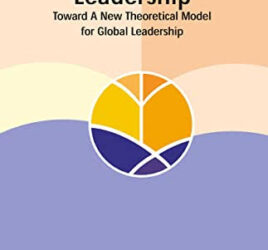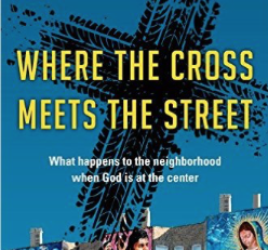Authors Kretzmann and McKnight of the Asset-Based Community Development Institute have created a great resource guide for community builders with the book entitled, Building Communities from the Inside Out (1993). The subtitle, “a path toward finding and mobilizing a community’s assets,” already gives away a number of characteristics about this resource. First of all, the authors put forward an alternative path to the traditional needs-driven approach. Instead of starting with identifying the problems in the community, the capacity-focused pathway initiates with mapping out the various assets and gifts that individuals, associations and institutions already possess. Having found these assets, all efforts go into mobilizing these for the community’s best interest. Starting from the inside with the local residents themselves, the development work moves towards the outside to eventually include external resources. “It seems to us,” the authors write, “that these strategies are more likely to work than many others being proposed” (Kretzmann and McKnight 1993).
This book is not meant to be read cover to cover as much of the material is repetitive (I can promise spells of dizziness if you do read it front to back!). After the introduction, the authors develop there concepts and processes in the first chapter on discovering the assets of individuals. The second chapter applies similar principles to associations and organizations, while the third chapter uncovers local institutions. Chapter four ties it all together on how these three segments can collaboratively stimulate the community’s economy. Chapter five reviews the whole inside-out community development process. The final chapter proposes helpful policies and guidelines for external supporters like funds and government agencies.
The first three chapters seem so repetitive because the same asset discovery process is applied to each segment. What makes these chapters unique, however, is the countless real-life examples from numerous cities and organizations. Whether it is a church working with a local police office to setup a neighborhood watch, a hospital investing capital in affordable housing, or a museum hiring senior citizens to teach traditional arts to youth – the book is an inspirational resource for any community builder. The best use of this 380 page guide is to become familiar with the process, principles and charts, and then to focus on the specific segment of community development currently being explored.
The key to the discovery process is creating capacity inventories of people, organizations, institutions and corporations. Once the assets are known, partnerships can be created to build up the community with what is already in existence. A simple diagram (see Appendix A) depicts such partnerships between across the various sectors. The focal group of the development project is always placed at the center, with the partners circled around it.
As a pastor, it is tempting to put the church (either my own church or the city-wide Church) in the center. This is certainly a viable approach, but the danger is to think this being the only approach. As a community builder, it is better to put the target group in the center (such as the visually impaired students of Cau Giay district) and put the church on the periphery as one of the partners. This allows for openness to build more relationships between the students and the community and avoids becoming church-centric. The local church is a vital player in community development, but not the only answer. I intent to apply this in HIF’s City Partnerships Ministry and integrate some of the recommended policies in this ministry’s guidelines.
By Jacob Bloemberg




